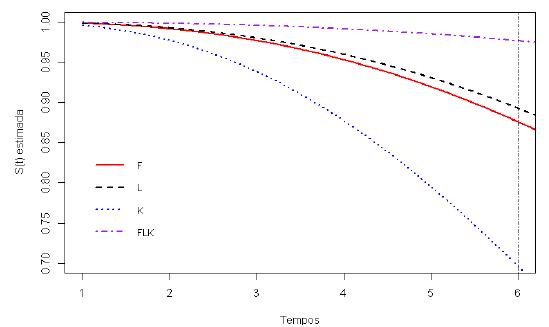ABSTRACT
The anesthetic recovery and residual analgesia of continuous rate infusion (CRI) of fentanyl (F), lidocaine (L), ketamine (K) and fentanyl-lidocaine-ketamine (FLK) associated with total intravenous anesthesia with propofol in bitches submitted to ovariohysterectomy were evaluated. 32 animals were used, pre-medicated with acepromazine and distributed into four groups according to analgesic treatment: F loading dose (LD) of 0.0036mg/kg fentanyl, and CRI of 0.0036mg/kg/h, L: LD of 3mg/kg lidocaine, and CRI of 3mg/kg/h; K: LD of 0.6mg/kg ketamine, and CRI of 0.6mg/kg/h and FLK: LD and CRI of the three drugs in the above mentioned doses. After the LD of analgesic treatment, the induction was performed and the CRI of the analgesic treatment and propofol started. To evaluate the anesthetic recovery, the time of extubation, sternal decubitus, quadrupedal position and adverse effects were considered. The analgesia evaluation was performed using the visual scale and modified Glasgow for six hours. The adverse effects observed were vomiting, sialorrhea and muscle tremor. 100% of the animals in group F, 87.5% of K, 50% of L and 12.5% of FLK received rescue analgesia. FLK demonstrated greater analgesia, and anesthesia recovery was similar in all groups.
Keywords:
dog; multimodal analgesia; FLK; pain scales

